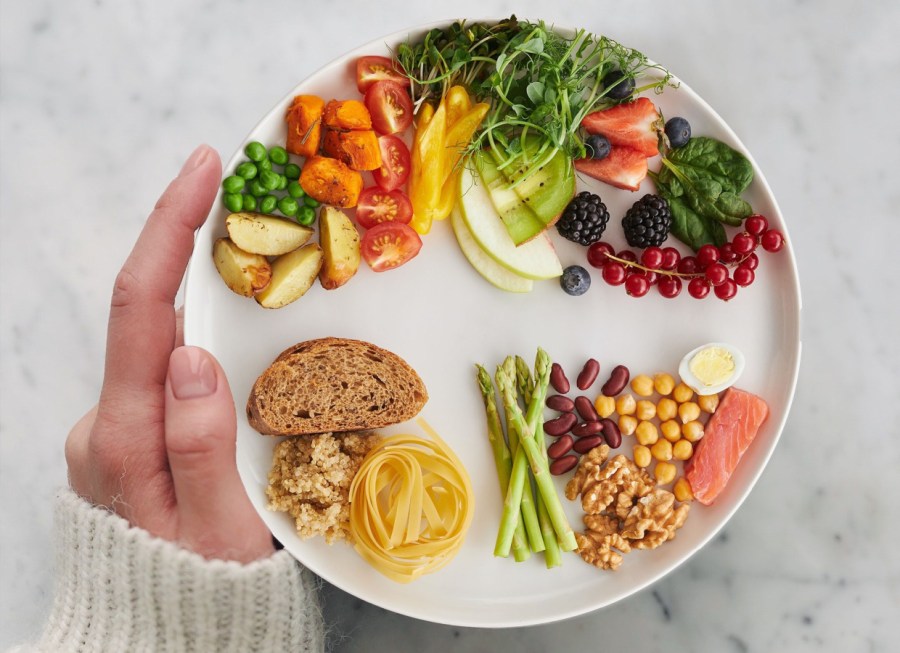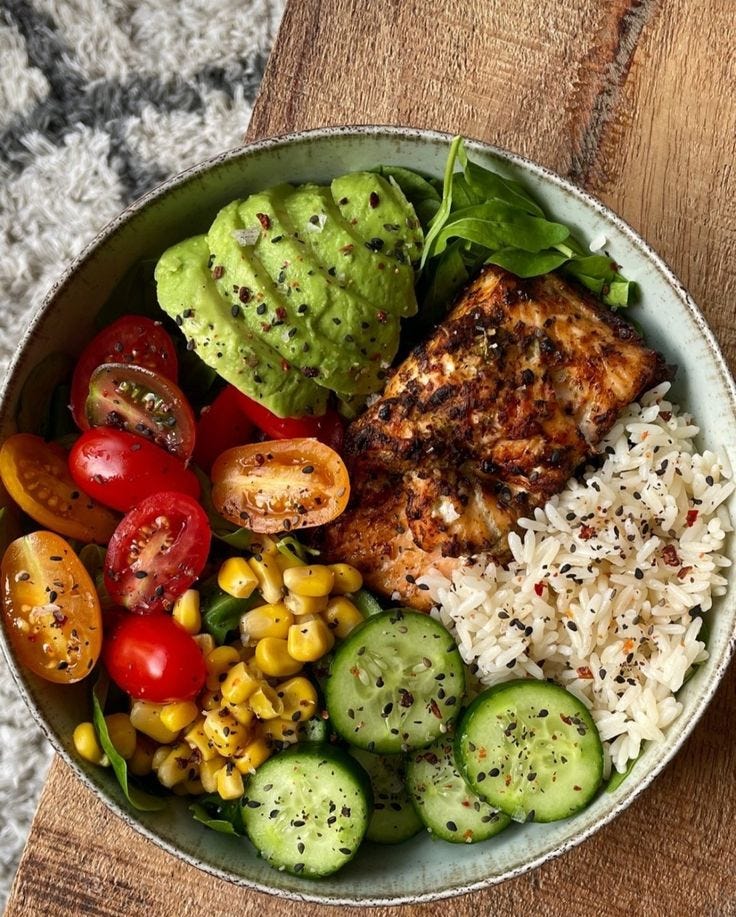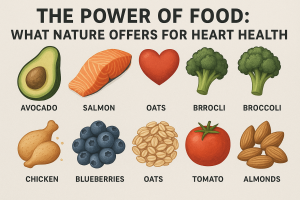Diet and Nutrition Advice: Building Your Balanced Plate

Diet and Nutrition Advice

Eating well in 2025 feels less like following a rigid rulebook and more like learning a joyful craft. Whether you’re fueling a busy workday, training for a race, or simply aiming to feel better in your skin, practical Diet and Nutrition Advice can help you build a balanced plate that supports energy, mood, and long-term health. Read More : Building Business Resilience: The Role of Financial Technology in Times of Change
Start with the plate, not the pound

A balanced plate is a simple visual tool: half vegetables and fruits, one quarter protein, and one quarter whole grains or starchy vegetables — with a small portion of healthy fats on the side. This model (used by public guidelines such as MyPlate and the Dietary Guidelines for Americans) shifts the focus from calorie-counting to nutrient variety and portion balance, making healthy eating easier to sustain. MyPlate+1. Read More : Business Acumen: The Secret Weapon for Strategic Leadership in 2024
What to fill each section with
Vegetables and fruits: Aim for color, texture, and variety. Experts recommend at least five servings or about 400 g of fruits and vegetables per day for general health benefits and reduced risk of non-communicable diseases. Frozen, canned (low-sugar/salt), and fresh all count. World Health Organization+1
Proteins: Include lean animal sources (fish, poultry), legumes, tofu, eggs, or dairy. Recent reviews highlight that total daily protein matters most for maintaining lean mass, though spreading protein across meals can help muscle synthesis, especially for older adults. Think 20–40 g of quality protein per meal depending on age, activity, and goals. PMC+1
Whole grains and starchy vegetables: Favor whole grains (brown rice, oats, quinoa, whole-wheat pasta) over refined grains. They keep you full longer, support gut health, and provide steady energy. Read More : Business Analyst Jobs in Tech: What Sets Them Apart from Other Industries?
Healthy fats: Add modest amounts of olive oil, nuts, seeds, and fatty fish. These fat sources deliver essential fatty acids and fat-soluble vitamins while supporting satiety.
Timing, patterns, and personalization

There’s no universal “one-size-fits-all” meal timing. Some people thrive on three square meals; others prefer smaller, more frequent ones. Intermittent fasting can work for weight loss and some metabolic markers, but the evidence shows it’s one of several effective approaches — and it’s not ideal for everyone (pregnant people, children, or those with certain medical conditions should avoid it unless supervised). The best plan is the one you can follow consistently and that meets your individual health needs. PubMed+1
Practical swaps that make a big difference

Replace sugary drinks with water, tea, or sparkling water. Swap refined grains for whole grains. Add a handful of vegetables to your sandwich or eggs. These small, consistent swaps are the kind of Diet and Nutrition Advice that stack into measurable health improvements over months and years. Read More : Healthy Food Meal Plan: Meals for a Fit Body and Clear Mind
Patterns over perfection
Adopting an evidence-based eating pattern — Mediterranean-style, plant-forward, or balanced omnivore — tends to matter more than obsessing over single “superfoods.” The Mediterranean dietary pattern, rich in vegetables, legumes, whole grains, olive oil, nuts, and fish, has strong and growing evidence for reducing cardiovascular risk and supporting healthy aging. Aim for patterns you enjoy and can keep; consistency wins. PMC+1
Quick daily checklist
- Half your plate vegetables and/or fruit.
- One portion of quality protein.
- One portion whole grains or starchy veg.
- A small serving of healthy fat.
- Drink plain water as your main beverage.
These five steps are simple Diet and Nutrition Advice that make meal planning faster and less stressful.
Smart shopping and meal prep

Plan meals around produce on sale and simple proteins (canned fish, beans). Batch-cook whole grains and roasted vegetables to assemble balanced plates in minutes. Keep snacks like fruit, Greek yogurt, or a small mix of nuts visible — convenience steers choices.
Eating for life, not a quick fix

Good Diet and Nutrition Advice in 2025 is less a set of strict rules and more an invitation: choose patterns that protect long-term health, fit your culture and budget, and spark joy. Focus on food quality, variety, and sustainable habits rather than short-term extremes. When in doubt, start small: change one meal per day and build momentum.
When to ask for help

If you have chronic conditions, special dietary needs, or complex goals (e.g., sports performance, pregnancy, chronic disease management), consult a registered dietitian or your healthcare provider to personalize Diet and Nutrition Advice safely and effectively.





